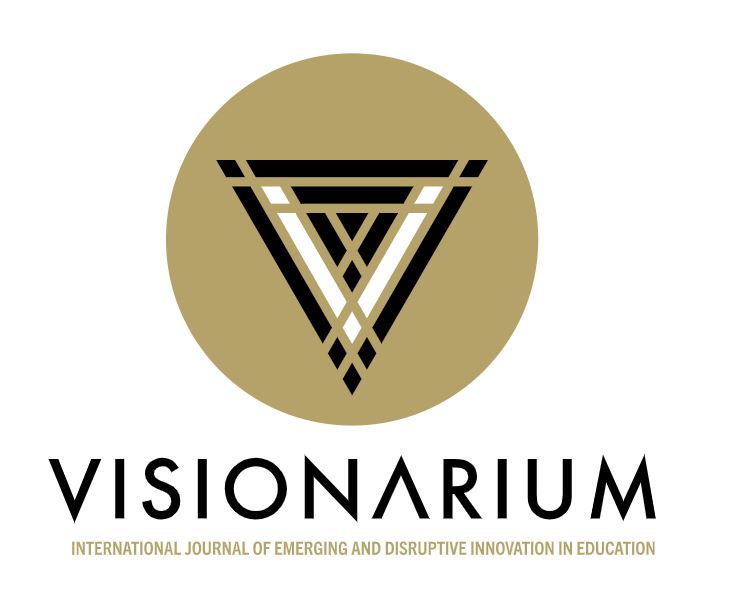Loading...
Document Type
Presentation
Abstract
Creativity helps today's youth understand and express themselves, broaden their perspectives, and develop resilience and resourcefulness— preparing them to address life's challenges. Being creative is widely regarded as an essential life and career skill in our technology-driven world where automation and machines are now performing routine tasks and labor. Educators need to make teaching creativity a priority; however, fostering creative learning environments in classrooms is challenging, partly due to a standardized curriculum and quantifying assessments that suppress creativity, leaving students inadequately prepared for future success. This qualitative study investigated the affordances and constraints of youth creating with immersive learning technologies. A class of 28 students in grade 8, ages 13 and 14, were invited to participate as the co-researchers. Data collection methods included student-led pair interviews, sharing circles, surveys, participant observation, and artifact analysis. Research activities involved guided learning adventures in AltspaceVR, collaborative painting in MultibrushVR, and a team design challenge in FrameVR. Findings show that the immersive learning environments were safe spaces for the youth to take creative risks, not fear mistakes, have autonomy and control of their learning, and collaborate with friends in new ways. Although some co-researchers experienced dizziness or nausea from using the Meta Quest headsets, 94% would like to learn more in virtual reality (VR). 78% agreed or strongly agreed with the statement: VR helped me to express myself creatively. 88% agreed or strongly agreed with the statement: I had the freedom to make decisions about my learning in VR. Our results demonstrate how well-designed immersive education can offer an innovative solution for teachers struggling to foster creativity and ingenuity in their classrooms. We anticipate the data collected in this study to be a starting point for further research on understanding the capacity of immersive learning technologies to enhance youth creativity, wonder, and imagination.
Publication Date
4-21-2023
Recommended Citation
MacDowell, Paula, "Session 6: “VR Let My Creativity Out”: Youth Creating with Immersive Learning Technologies" (2023). Panel Presentations. 3.
https://digitalcommons.lindenwood.edu/etfe2023/3


